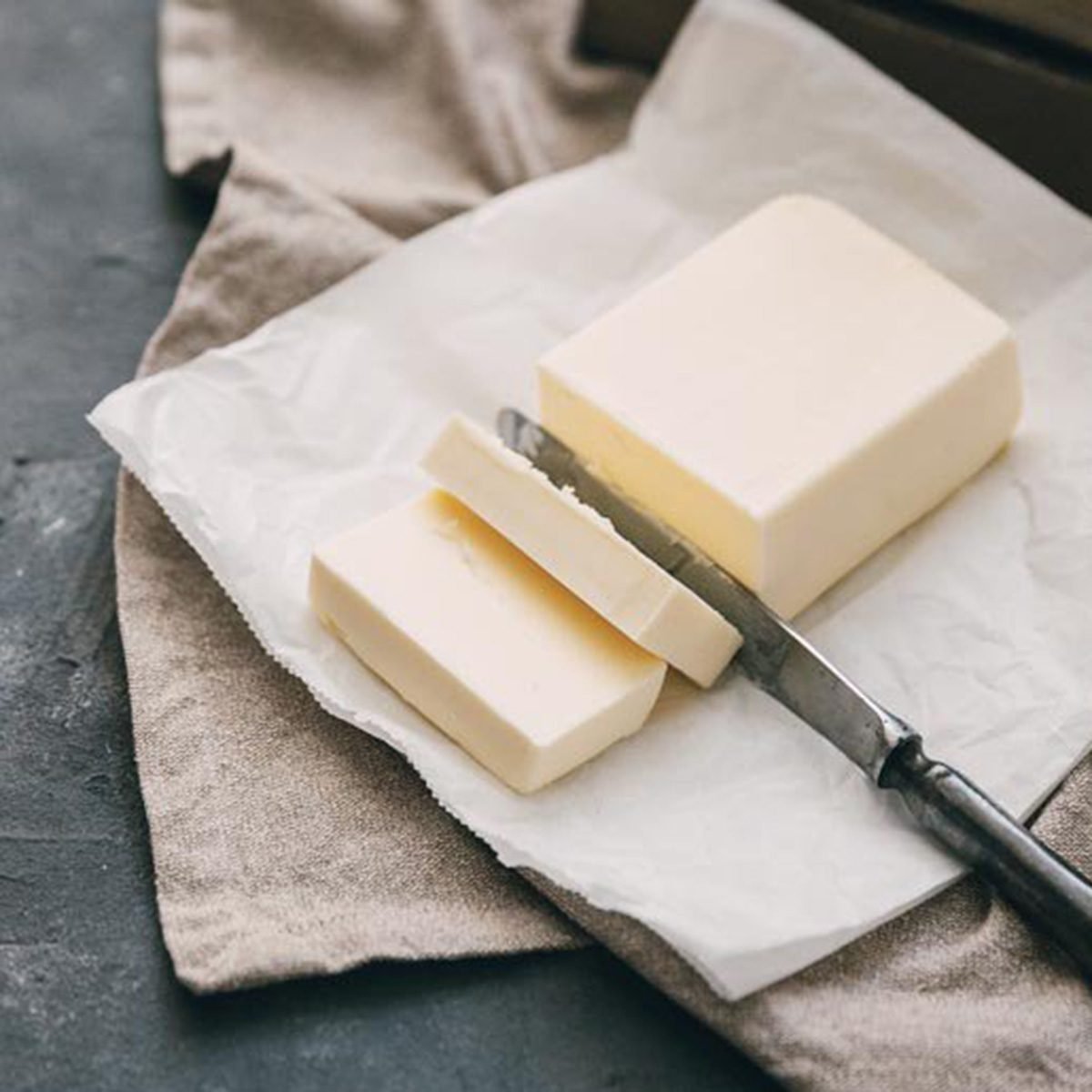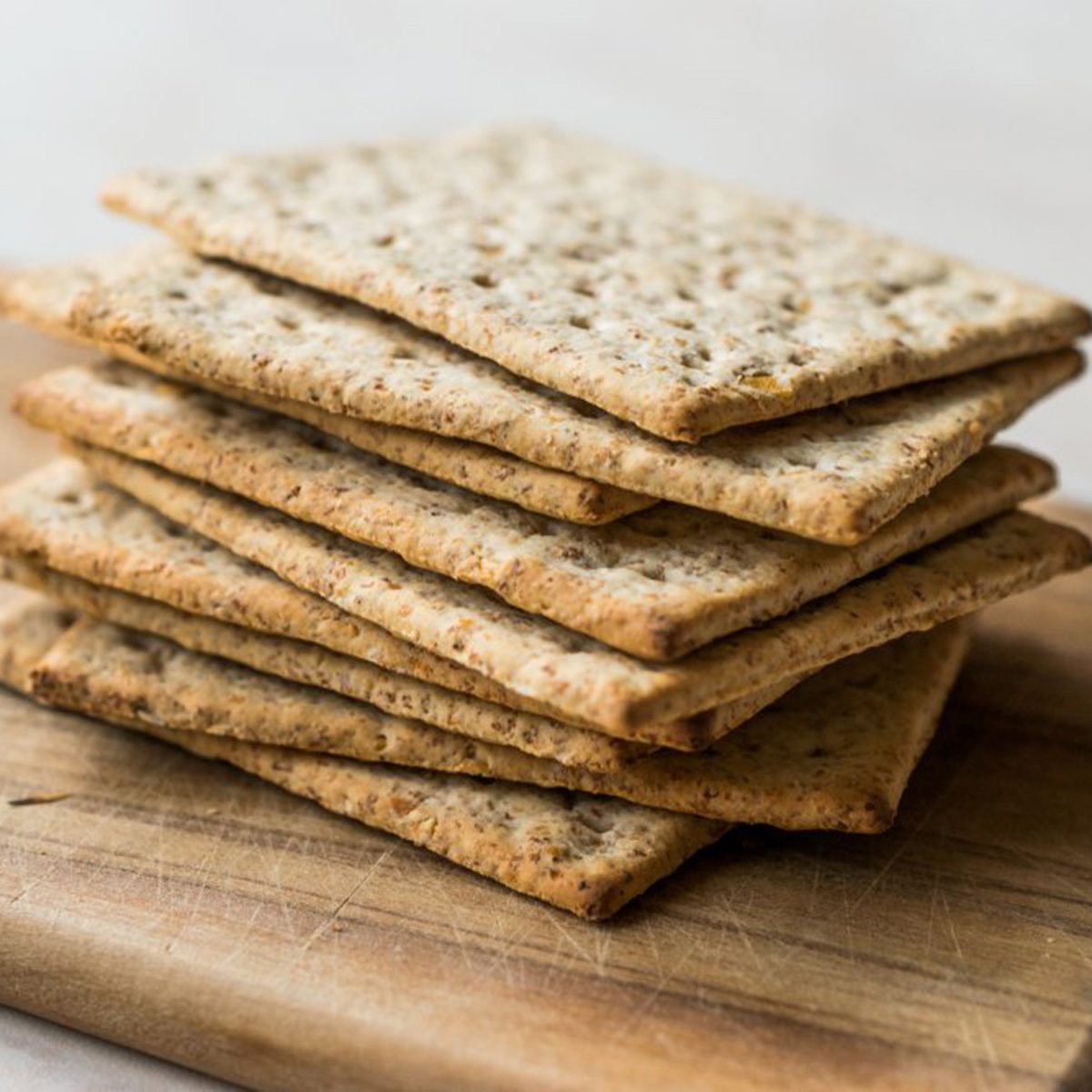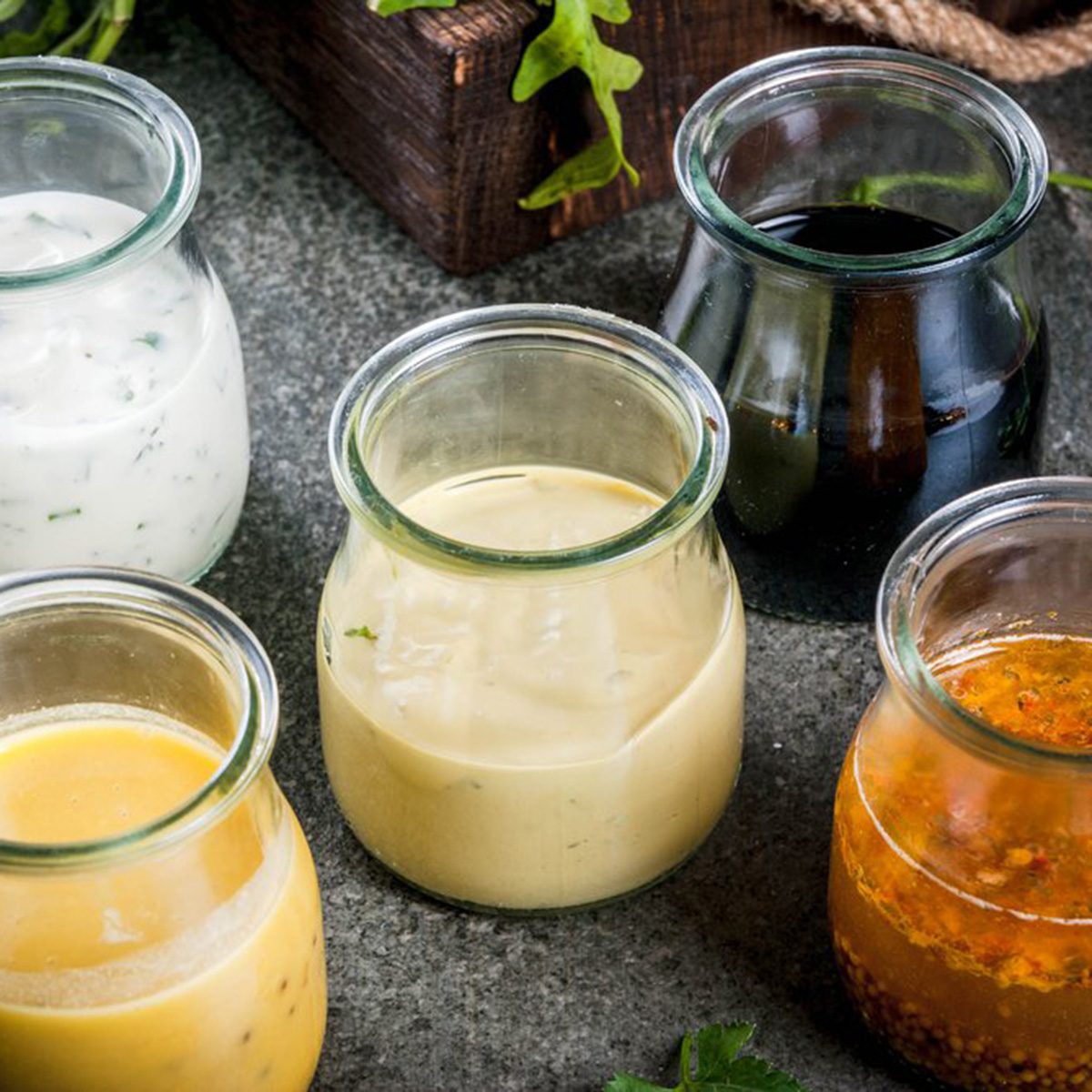
Real reasons to skip milk
With food allergies on the rise and so many people switching to plant-based diets, it’s no wonder dairy sales are down. People need—or choose—to avoid dairy for a variety of reasons, says Purvi Parikh, MD, allergist/immunologist with Allergy & Asthma Network. A true milk allergy, the body’s reaction to a protein in cow’s milk, can be life-threatening. Others have lactose intolerance, which means your body lacks an enzyme that helps you digest dairy products; this causes stomach upset and may give you diarrhea, but it’s not deadly. Still, others choose a vegan lifestyle that precludes dairy for health reasons or because they want to avoid all animal products.

How milk hides
Whatever your reason for avoiding dairy, it’s not always as simple as avoiding milk and cheese. A lot of dairy ingredients make their way into foods you’d never expect to find them in, like non-dairy creamer (really). “Reading labels is so important because these items may appear in foods you would not suspect,” says Bonnie Taub-Dix, RDN, creator of BetterThanDieting.com and author of Read It Before You Eat It: Taking You from Label to Table. In addition to scanning ingredient lists for any form of milk, cheese or butter, she says, also keep an eye out for casein (a milk protein that can provoke allergic reactions), caseinate, lactate, lactic acid, lactalbumin and lactylate. Ingredients are listed by weight, so the higher on the ingredients list they appear, the more of them a product contains (important for people who can tolerate small amounts of dairy). Read on for some surprising milky marauders, and find out more about decoding food labels.

Margarine
It’s supposed to be an alternative to butter, but margarine, and in some cases shortening, can contain lactose, says Taub-Dix. This might not be an issue if you’re only using small amounts, but when baking, where larger quantities are called for, it’s best to avoid. Margarine, which is often made from soybean oil, may also contain added whey or casein ingredients for flavoring, adds Julie Stefanski, RD, a spokesperson for the Academy of Nutrition & Dietetics. “If you’re avoiding dairy due to an allergy, steer clear of any butter substitutes that have cow’s milk ingredients,” she says.

Protein shakes
“Many packaged protein shakes and bars contain whey as a primary or secondary protein source,” says Gena Hamshaw, author of the vegan recipe blog The Full Helping and a dietetic intern at Columbia University in New York. Whey, a byproduct of cheesemaking, contains lactose and can trigger milk allergies. It’s also found in many protein powders. You may want to scan these other protein-rich foods for alternatives.

Bread
That restaurant breadbasket may not be dairy-free even if you keep away from the butter. Whey is often added to commercial bread and bread mixes as a “flour conditioner,” says Hamshaw. “It’s also worth saying that many lactose-free products do contain casein,” she says. “This makes them suitable for people with lactose intolerance, but those with true dairy allergies do need to read labels carefully.”

Crackers
The mix used to make crackers—as with other baked goods—may contain whey. Many crackers contain other sources of dairy to give them a buttery flavor and flaky texture, says Hamshaw. Take a look at some healthier snack options.

Canned nuts
There’s more than one allergy in that tin. “Flavored nuts are a minefield for those with food allergies, says Stefanski. “It’s important to always check the ingredients to discover what is in the coating. Label readers need to remember that food manufacturers have the choice to list the allergen in the ingredients or at the end of the ingredients—but not necessarily in both places,” she says. “So even if the statement at the end doesn’t list milk, you still need to read through the ingredients to find the keywords.”

Vegetarian cheese
You’d think cheese made from rice milk would be dairy-free—but you’d be wrong, says Stefanski. Some of these cheese alternatives have cow’s milk components added to them for texture or flavor. A safer bet, she says, is to choose a product labeled vegan. Have you ever wondered how many vegans go back to meat?

Deli meats
Bad news Paleo enthusiasts—even protein isn’t guaranteed to be dairy-free. Deli meats often add lactose and caseinates to their product, says Hamshaw. It helps bind the ingredients together (one more reason to avoid processed meats). A good workaround is to look for products with the kosher seal, which will be dairy-free.

Hot dogs, sausages
Like deli fare, these processed meats often contain milk derivatives to achieve the right texture. Look at the ingredients of even the brands labeled “all beef” and you’ll see a modified-milk product listed pretty high. Here are 49 surprising things you didn’t know you could grill.

Salad dressing
It’s a no-brainer that creamy dressings contain dairy, but even bottled vinaigrettes may be suspect, says Hamshaw. Scan the ingredients list to make sure there’s no Parmesan or Romano cheese sprinkled in there. Play it safe by whipping up your own dressing—along with these 45 other foods you’d be better off making at home.

Chicken broth
All you bone-broth aficionados, take heed: Chicken broth and bouillon can contain milk solids, says Hamshaw. That means anything you use them for will contain trace amounts of dairy, including chicken soup.

Pesto
With its strong focus on basil, many people are often surprised that this rich green spread contains dairy. “While it can be made without cheese, traditional pesto uses Parmesan,” says Stefanski. That makes it a no-no for vegans and those with milk allergies, but if you are lactose intolerant, you may be in luck. “Hard cheeses are virtually free of lactose so this may not cause digestive problems,” she says.

Sherbet
This ice cream alternative is often perceived as being dairy-free, but it typically isn’t, says Stefanski. Many manufacturers add milk to the mix in order to achieve that characteristic creamy texture. Want a completely dairy-free frozen treat, no risks taken? Opt for sorbet or water ice.

Artificial sweeteners
“Tablets or packets of artificial sweetener often use lactose as a carrier for the sweetener,” explains Stefanski. “The sweetener itself is so small, something else has to bulk up the powder.” Unless you’re using a great number of packets it’s not typically a problem for those who are sensitive to the lactose part of cow’s milk. But be aware of artificial sweeteners that are used in other packaged foods and drinks, and even in chewing gum, can also contain other milk- or casein-derived ingredients for a double whammy.

Medications and supplements
You might assume that, if you have a milk sensitivity, your doctor wouldn’t prescribe anything with dairy in it. But for people with severe milk allergies, they need to take extra caution: “Medications, including tablets or inhalers, are sometimes made with dairy or lactose,” says Dr. Parikh. “It all depends on the quantity and how severe your condition is.”
“Certain drugs also use lactose as a binder,” says Stefanski. “If you have a true milk allergy, talk to your pharmacist about only using dairy free medications.” If you need help ditching dairy, try these smart swaps.
The post 14 Foods You Think Are Dairy-Free—But Aren’t appeared first on Taste of Home.
Jill Waldbieser